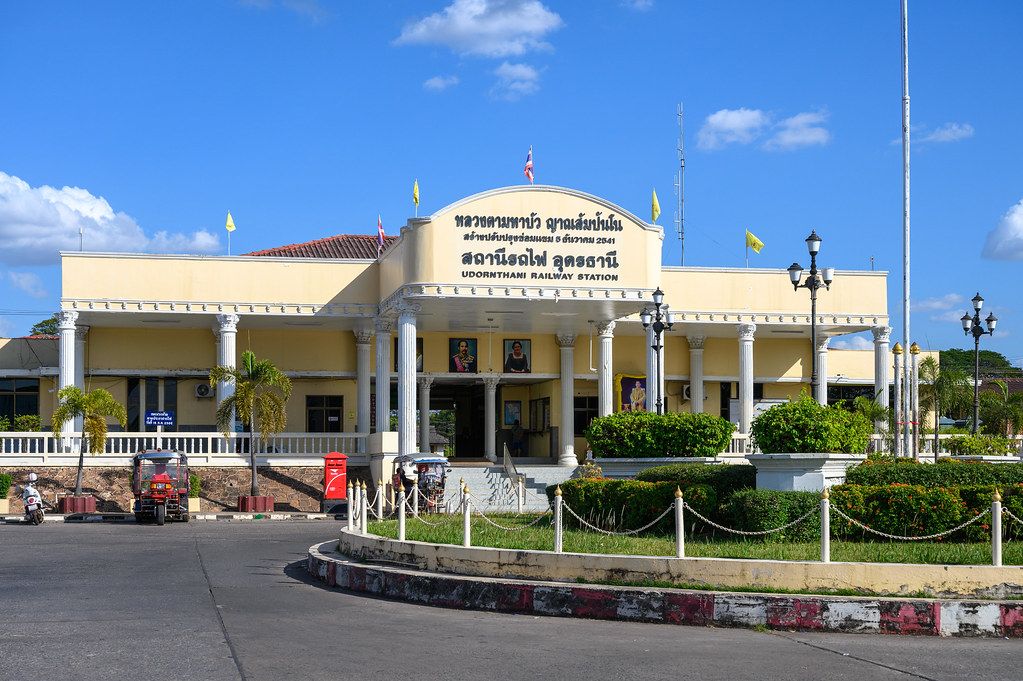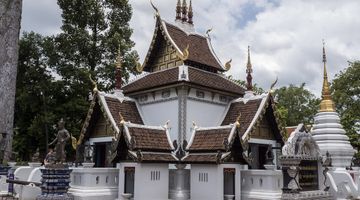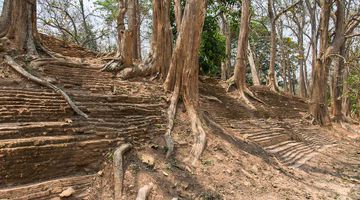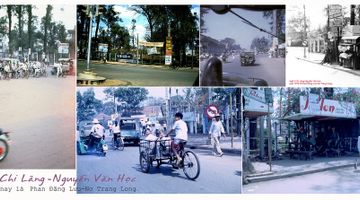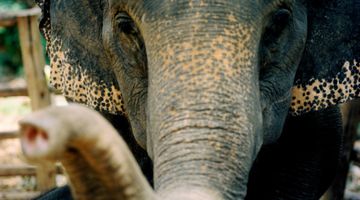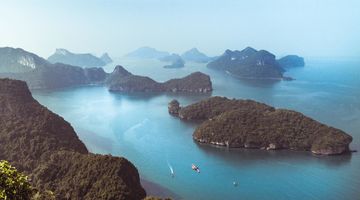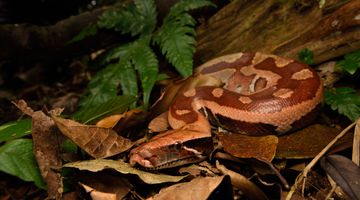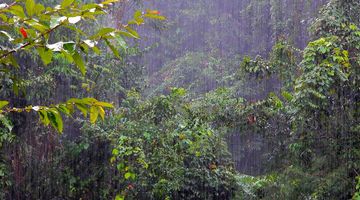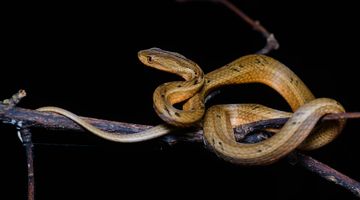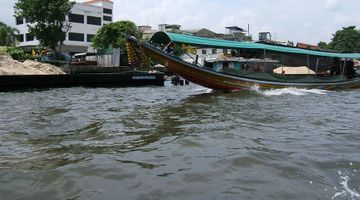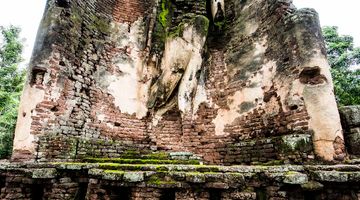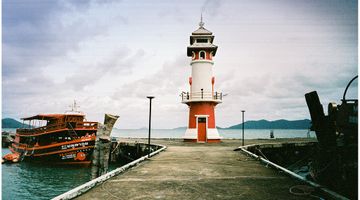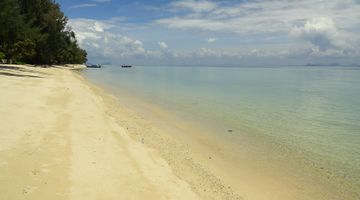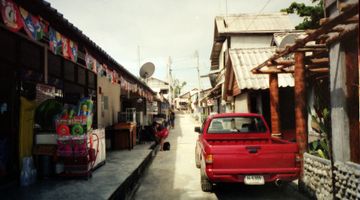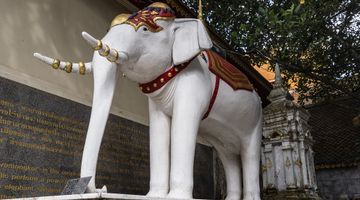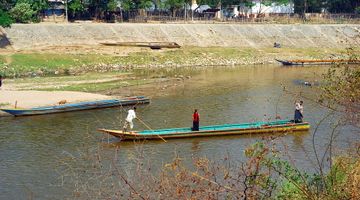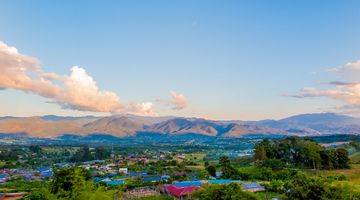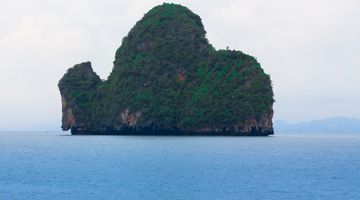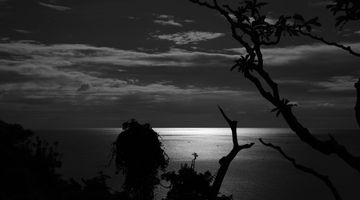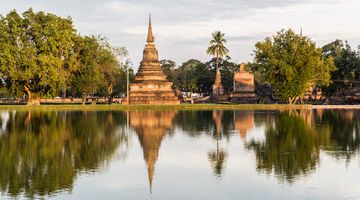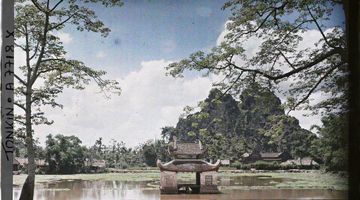Udon Thani Tourist Attractions
If you made it till Udon Thani, do not get stuck in the city checking your usual Thai wats; instead take a day to explore the two wonderful sites located out of town which witnessed the evolution of the region.
Ban Chiang
Declared UNESCO World Heritage Site in 1992, Ban Chiang is the most important prehistoric archaeological site in South East Asia. The first excavation started in the mid-sixties when an American archaeologist found an intact pot and soon after realized that it was just the first one of thousands of artifacts. Dating the finds has been – and still is – quite a challenge over the years, but the most recent theory is that Ban Chiang had been inhabited continuously for more than 2000 years starting from 1660 BC. Other studies suggest that some of the ceramics can date back to more than 5000 years ago.
Evidences of development in agriculture, animal domestication and use of metals have been discovered over the last 50 years of research, but the job is not finished yet, since the excavations are still going on over the area measuring 500mt x 1350mt. 123 human skeletons have been found so far, along with hundreds of intact pots, and millions of ceramic pieces. The most significant finds are the metal artefacts which mark the transition from Neolithic Era to the Bronze Era between 3000 and 2000 years ago.
A wonderful on-site museum explains everything in details; the permanent exhibitions of pottery is phenomenal and some of the exhibits on display come from other smaller archaeological sites from the Isaan provinces.
One of the excavation areas has been left open and visitors are allowed to have a better look at the archaeologists’ work.
The village of Ban Chiang is peaceful and charming and it is a good spot to buy handmade replicas of the pottery and ceramics found here. Even if it’s only 50 km away from Udon Thani, you might want to stop there for the night; simple wooden guesthouses and few authentic restaurants will make your night in this small village a beautiful experience.
Please notice that the museum is closed on Monday; every other day it’s open from 9am till 4pm and admission fee is THB150.
To get there a taxi from Udon Thani will cost you THB1500 for a round trip and you will have a couple of hours to visit Ban Chiang. A better option is to rent a motorbike; drive east of town over Road 22 and you’ll see all the signs in English that will easily lead you there.
Phu Phra Bat Historical Park
Phu Phra Bat is an impressive historical site with a series of 21 very bizarre rock formations, stone clusters and caves naturally formed by sea erosion. It is believed that that all the cultures that have been living in this area during the last 5000 years used Phu Phra Bat as a religious site performing their spiritual rituals among the rock formations.
Some of the most peculiar sights here are massive stones balancing over a lot smaller rocks which we guarantee will make you wonder if by any chance it will fall right over you after being there for more than 15 million years.
There are prehistoric paintings on some of the rocks; make sure you don’t miss them, especially if you’re with a tour group since the pictures are quite far from the entrance and are usually skipped by many tour guides.
During the early ages of Buddhism the rocks where used by traveling monks as a shelter for the night or as meditation spots; many ancient Buddha images can be found here for this reason.
During the Dvaravati Era temples have been built in this area, but nowadays you’ll see just boundary stones marking the limits of the sacred sites.
Phu Phra Bat Historical Park is located 65 km from Udon Thani and can be visited every day from 8am till 6pm: admission fee is THB100. To get there a taxi will cost you THB2000 for a round trip. Driving there is quite confusing since it’s not well indicated and if you want to rent a bike be sure you have a map with you.
